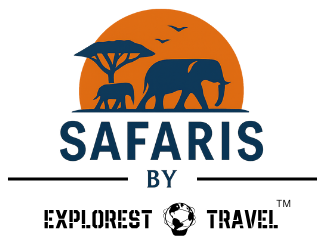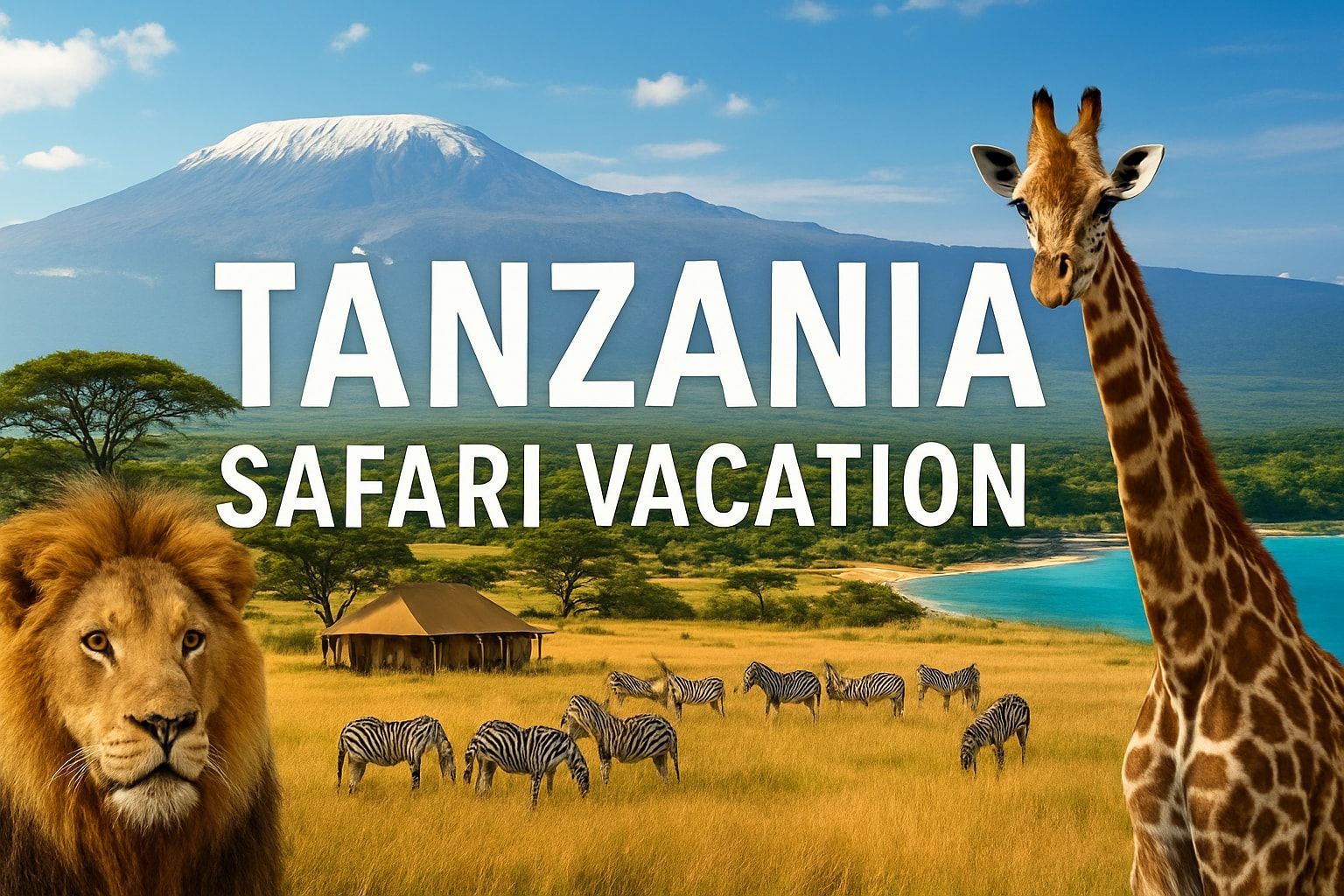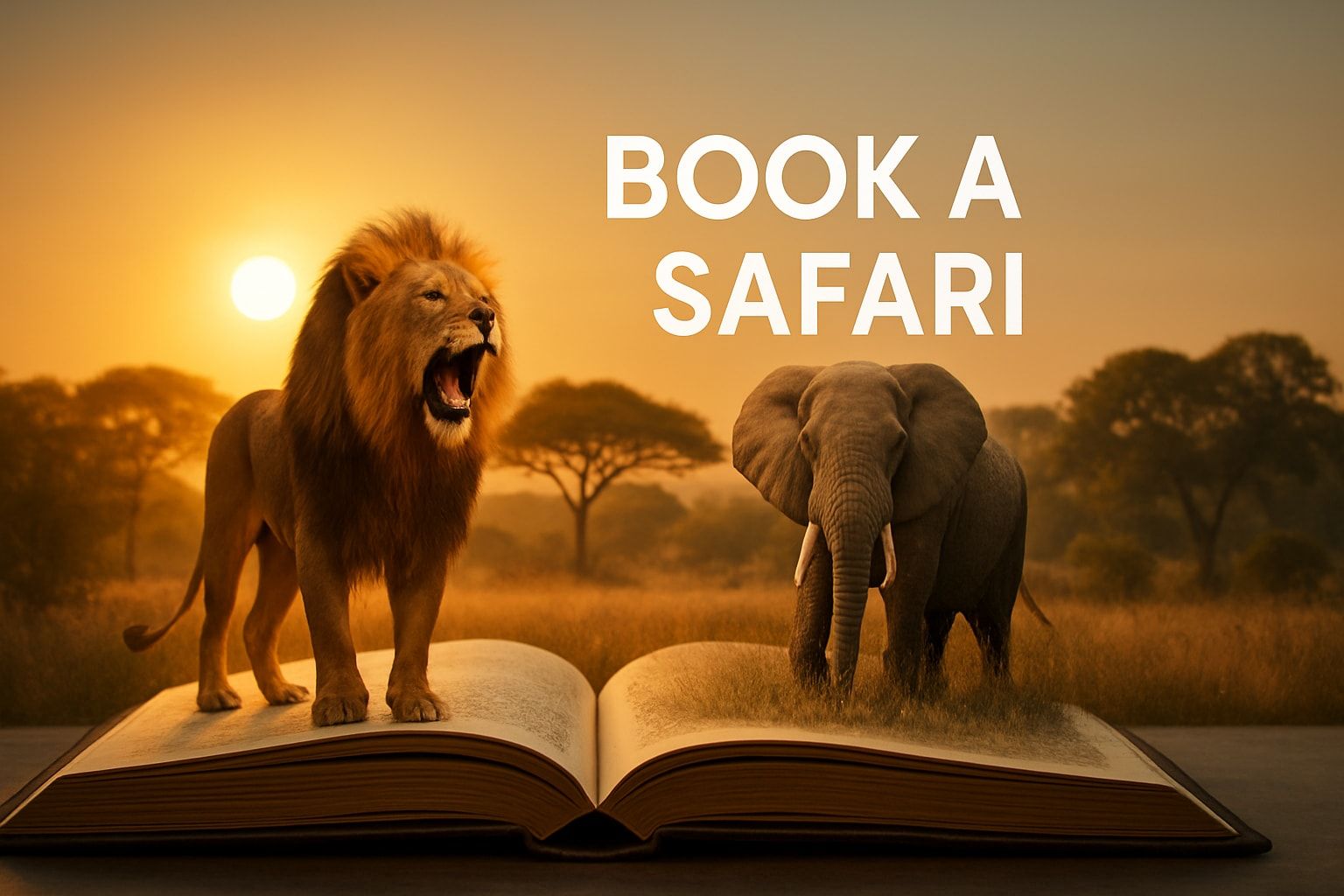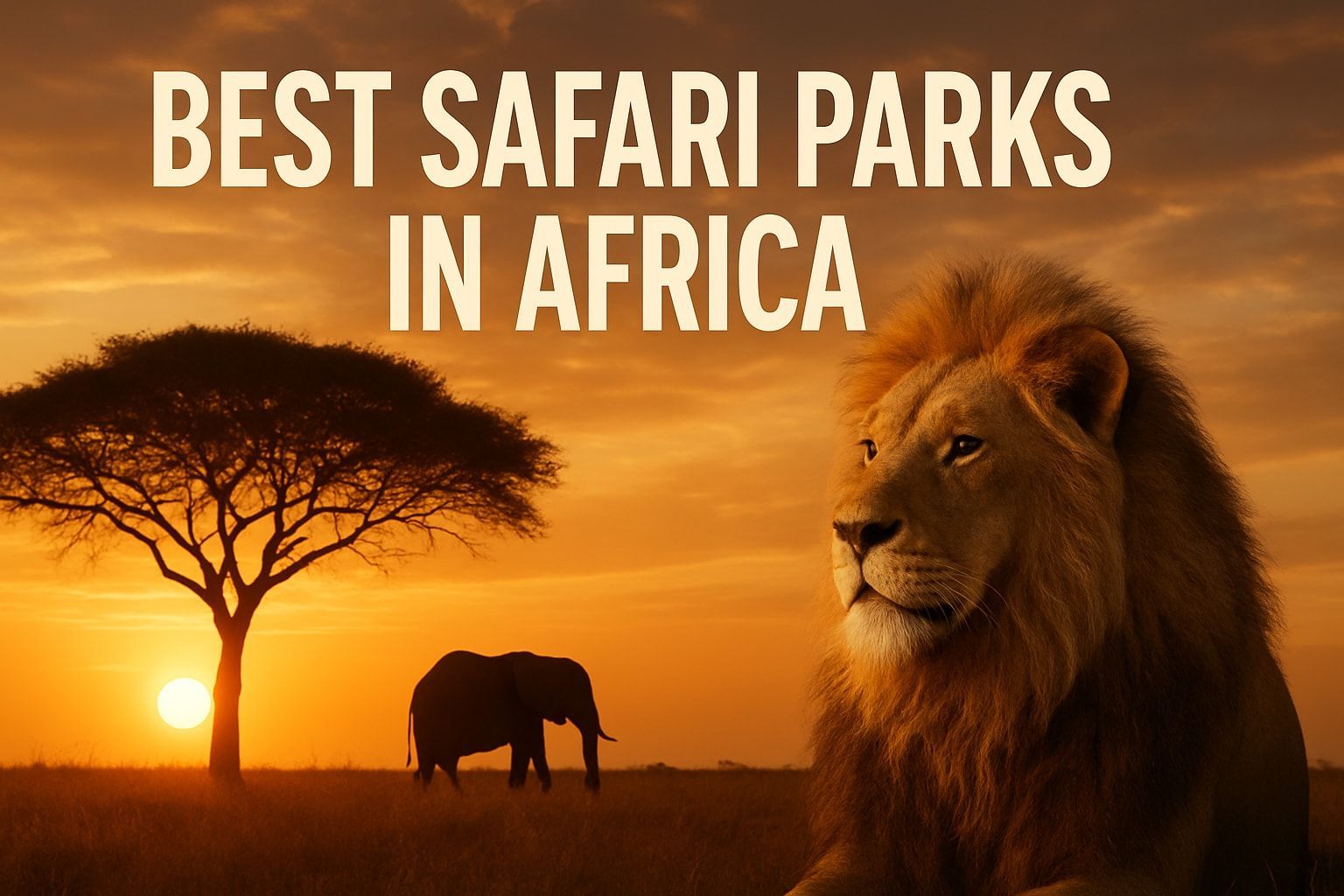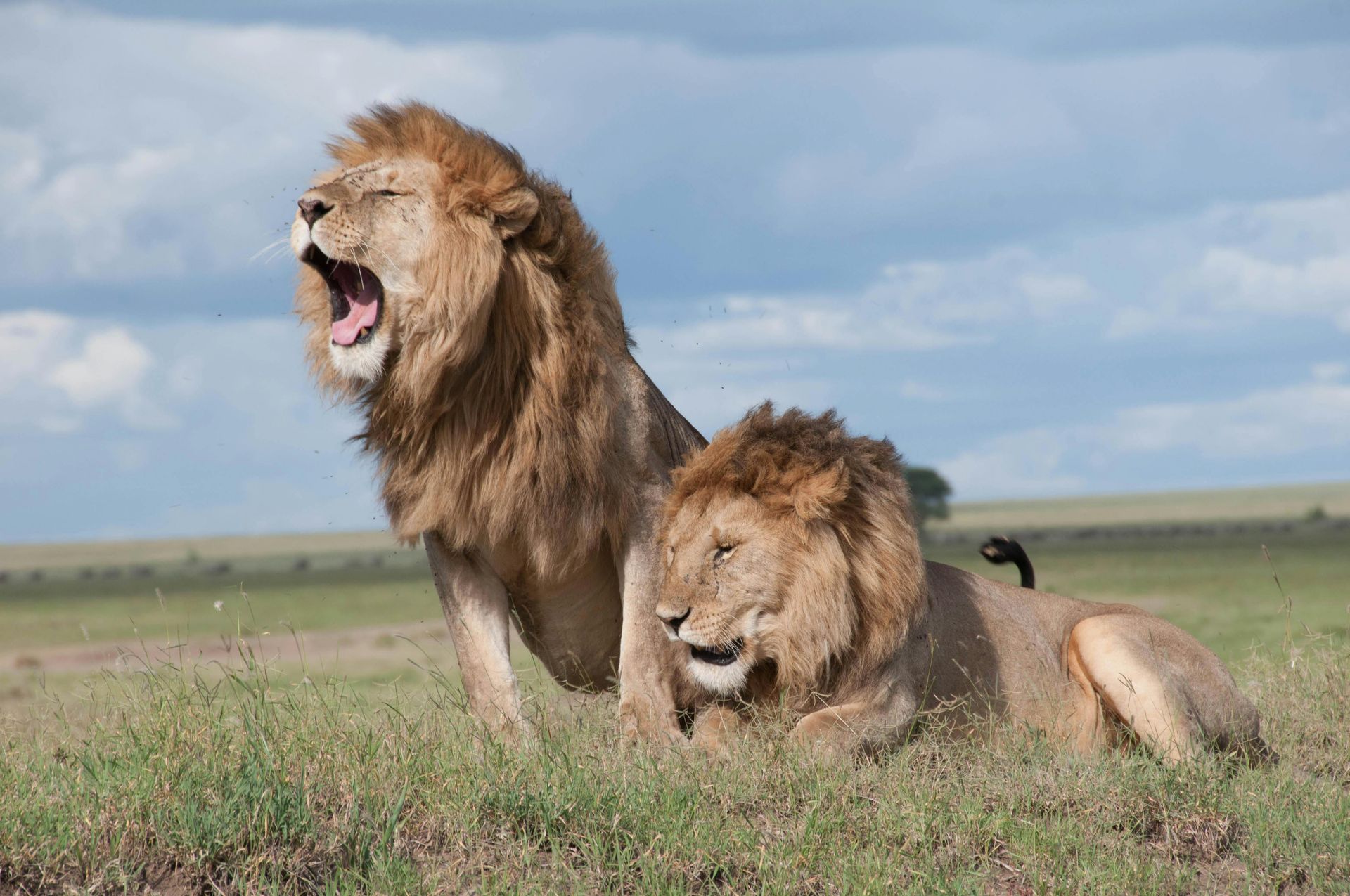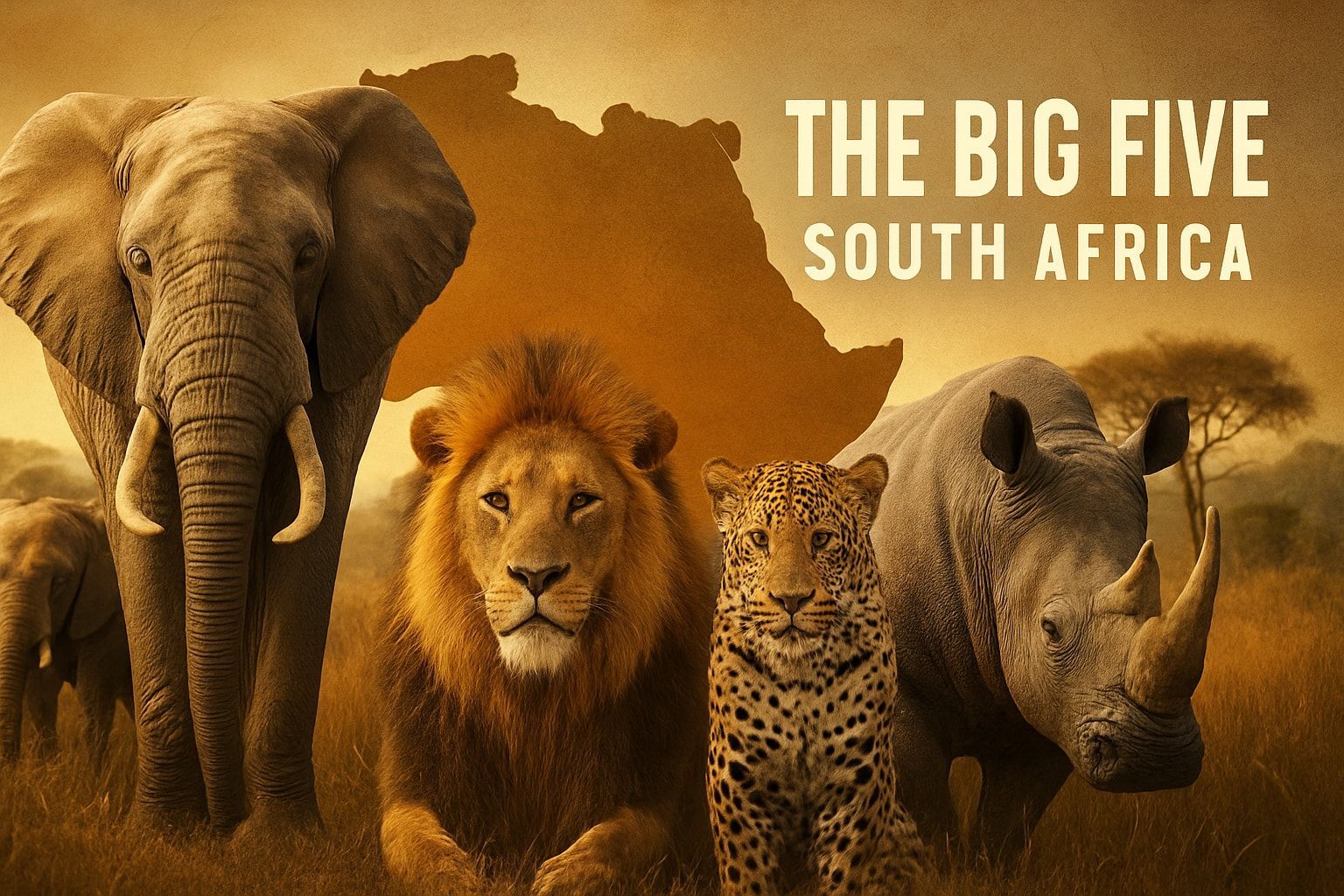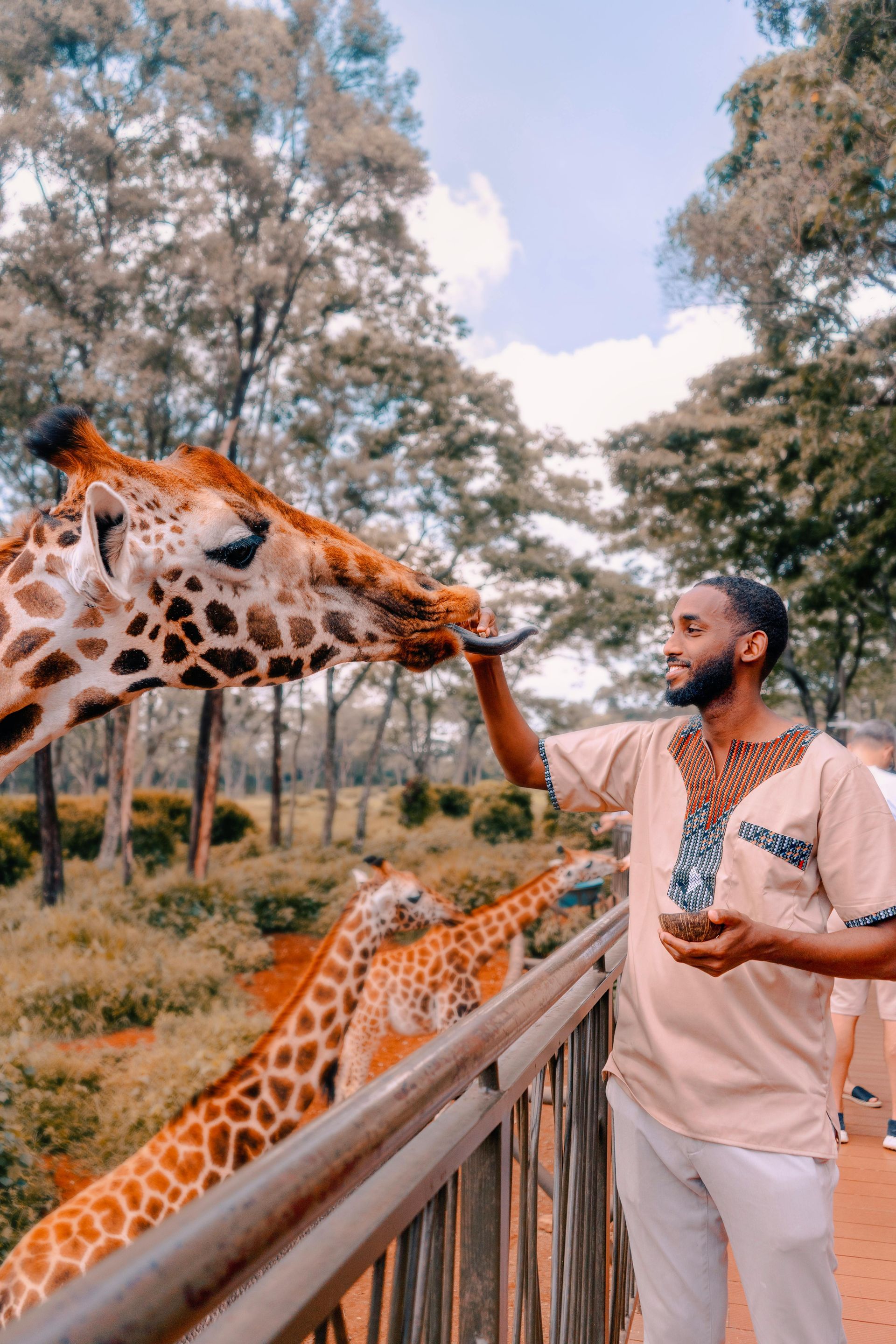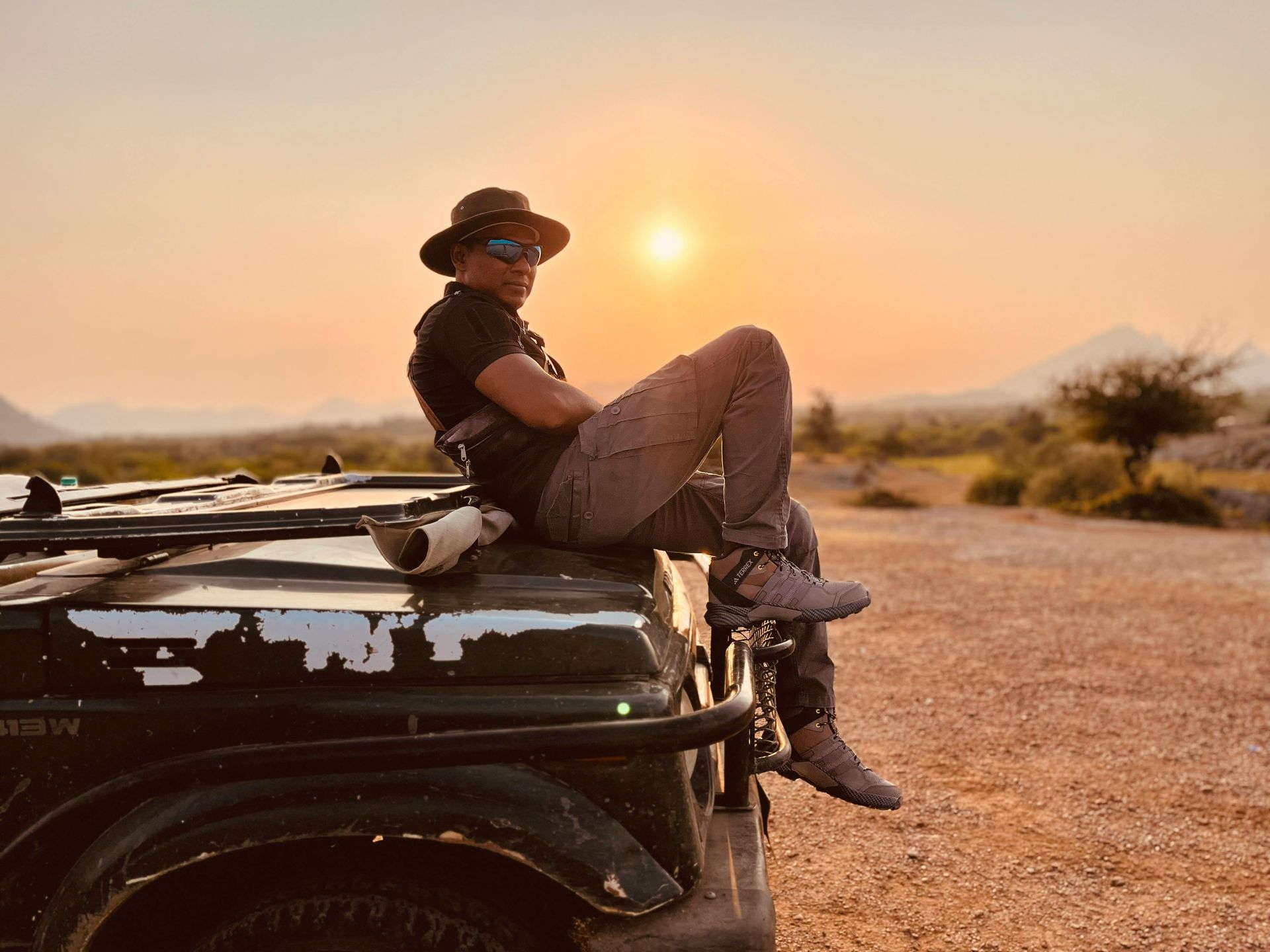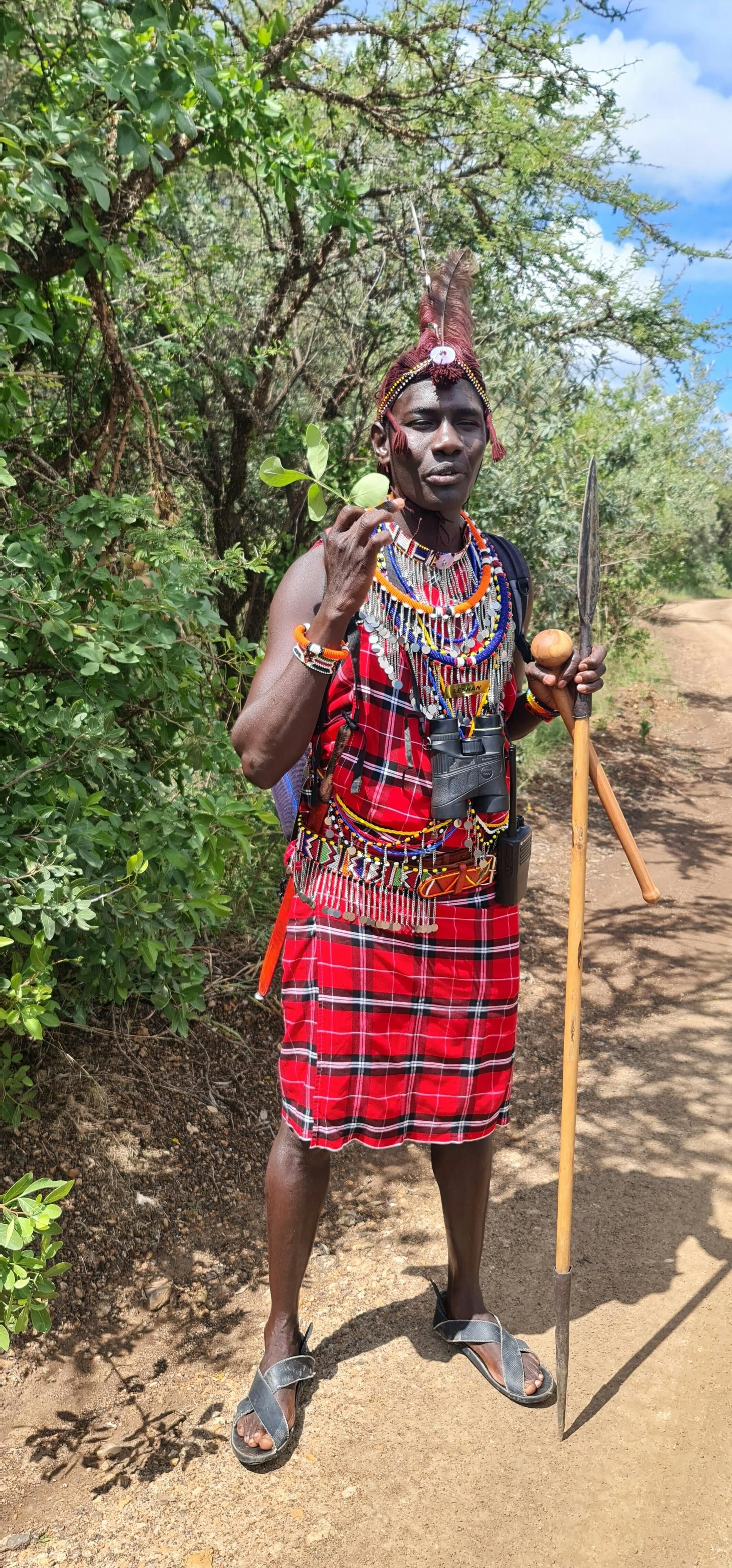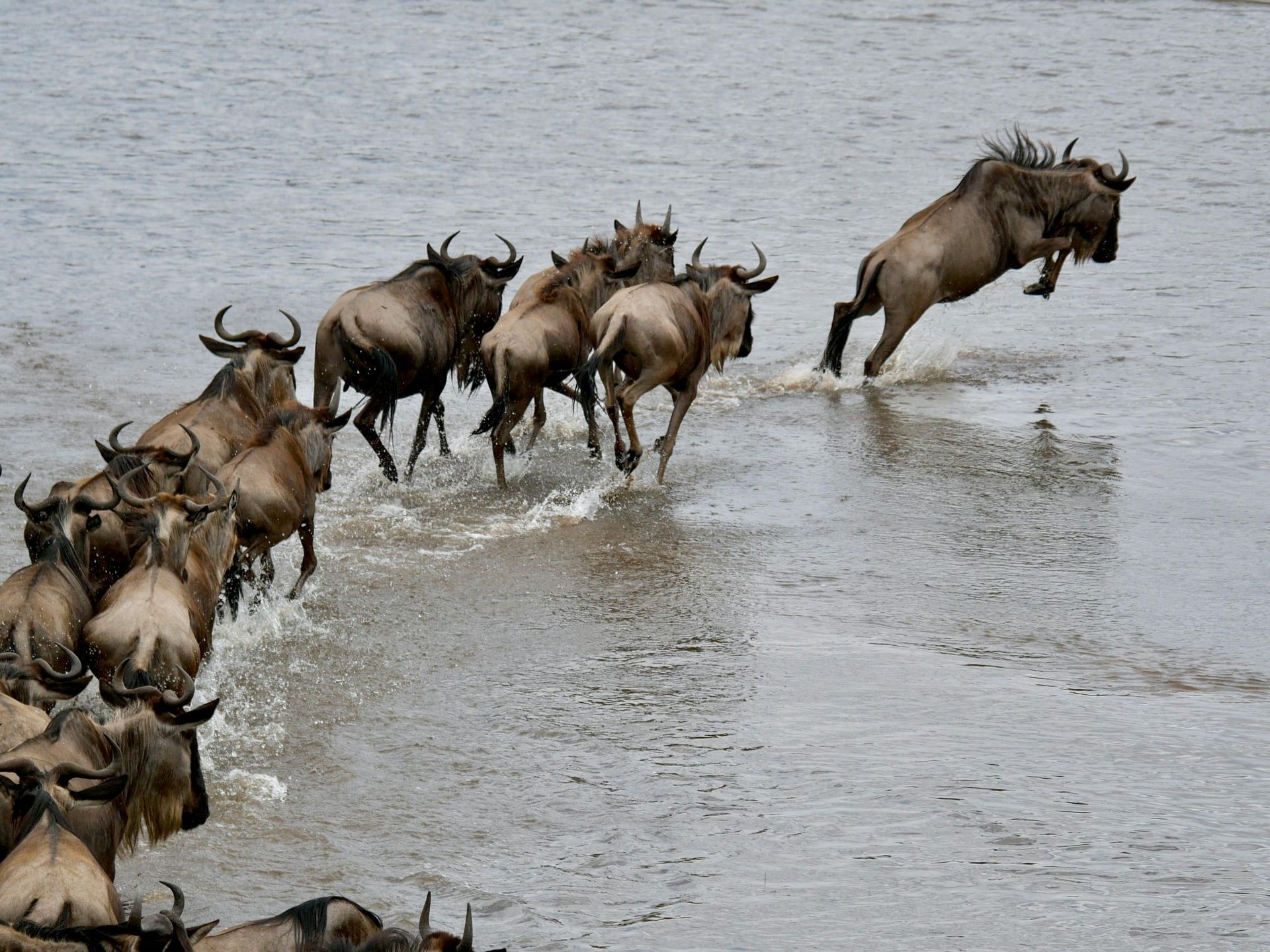
The Greatest Show on Earth: Witnessing the Wildebeest Migration in East Africa
Timothy Sikora • July 9, 2025
Nature's Most Dramatic Journey
Every year, in one of the last truly wild places on the planet, over 1.5 million wildebeest embark on a journey that has come to define the East African safari experience. Accompanied by hundreds of thousands of zebras, gazelles, and eland, they form a moving, breathing force of nature as they travel over 1,000 miles across the Serengeti-Mara ecosystem in Tanzania and Kenya.
This is the Great Wildebeest Migration—an ancient cycle driven by instinct, rainfall, and survival. It’s a natural phenomenon that is as raw and untamed as the landscapes it traverses, and for many travelers, it represents the ultimate bucket-list safari experience.
The Cycle of Life: How the Migration Works
The migration is not a one-time event; it’s a year-round, continuous journey that follows the rain patterns and the growth of fresh grass. The route loops clockwise through Serengeti National Park in Tanzania and Maasai Mara National Reserve in Kenya, creating a dramatic narrative of life, death, and renewal.
At its heart, the migration is a quest for sustenance—new grass, water, and safe ground for calving. But it’s also a journey filled with predator-prey tension, awe-inspiring river crossings, and moments of astonishing beauty.
January to March: The Calving Season in Ndutu
The story begins in Southern Serengeti and the Ndutu plains in Tanzania, where the herds settle during the first few months of the year. This is the calving season, when over 500,000 wildebeest calves are born within a matter of weeks—sometimes as many as 8,000 births per day.
The lush grasslands provide ample nourishment for nursing mothers, but they also attract predators. Lions, cheetahs, hyenas, and leopards prowl the area, resulting in some of the most dramatic predator action you can witness on safari. Still, the abundance of life and the sight of newborn calves taking their first steps across open plains makes this a deeply moving experience for any wildlife enthusiast.
April to June: On the Move Through the Western Corridor
As the rains begin to fade, the herds start heading northwest through the Serengeti’s Western Corridor, making their way toward the Grumeti River. This phase of the migration, which peaks between May and June, involves long, dusty marches and the ever-present challenge of crossing crocodile-infested waters.
The Grumeti River crossings are less well-known than their Mara counterparts, but no less spectacular. Giant Nile crocodiles, some over 15 feet long, lurk in the murky river waiting for their chance. It’s a game of timing, courage, and sheer willpower, with herds bunching up on the banks before finally surging across in a chaotic rush.
This is also a wonderful time to explore quieter areas of the Serengeti, as the crowds are fewer, but the drama is still high.
July to September: The Mara River Crossings
If there is a single moment that defines the Great Migration in the public imagination, it’s the Mara River crossings.
Between July and September, the herds reach the northern Serengeti and Maasai Mara, where the Mara River becomes the ultimate test. Here, animals pile up by the thousands, peering at the swollen river before one brave soul makes the first move. What follows is a thunderous cascade of hooves, grunts, splashes, and survival.
The crossings are a frenzy. Animals leap from high banks, scramble up muddy slopes, and risk it all in front of hidden predators. Not all survive—but those who do are rewarded with the lush grasses of the Mara.
It’s a soul-stirring sight, unforgettable and humbling in its intensity. For photographers, filmmakers, and safari-goers, this is the pinnacle of wildlife spectacle.
October to December: The Return Journey
By October, the short rains begin to fall in Tanzania, signaling the herds to start heading back south. They move through the eastern Serengeti, eventually returning to the Ndutu region by late November and December, where the cycle begins again.
This leg of the journey tends to be less dramatic than the river crossings, but it's a deeply reflective time in the migration. With fewer safari vehicles in these regions, travelers often experience a more intimate, off-the-beaten-path safari. You'll witness large herds flowing across endless landscapes, backlit by golden sunsets, with the occasional big cat trailing behind.
Why the Great Migration Is a Must-See Safari
- The scale is unmatched. Nowhere else on Earth can you witness this many large mammals moving together in such vast numbers.
- It’s unpredictable. No two crossings or migration seasons are the same. You never quite know what you’ll witness—which makes the experience that much more thrilling.
- The predator action is intense. Whether it's lion prides stalking the herds or crocodiles ambushing from the water, the rawness of the hunt is always close at hand.
- It connects you to nature. Standing in the middle of the migration—surrounded by grunting wildebeest, galloping zebras, and circling vultures—reminds you of your place in the natural world. It’s a visceral, emotional experience.
When to Go: Migration Timing Tips
- Calving Season (Ndutu – Tanzania): January to March
- Western Corridor / Grumeti Crossings: May to June
- Mara River Crossings (Northern Serengeti & Kenya): July to September
- Return to Southern Serengeti: October to December
The timing of the migration is affected by rainfall and can vary slightly year to year. It’s essential to work with an experienced safari operator that monitors the movement in real-time to get you in the right place.
Experience the Migration with Explorest Travel
At Explorest Travel, we offer Wildly Luxurious Private Safaris that take you to the heart of the Great Migration. Our expert safari specialists craft custom itineraries based on your travel preferences and the movement of the herds, ensuring you witness this incredible phenomenon in style and comfort.
Stay in exclusive luxury tented camps with front-row seats to the action. Enjoy private guides, fly-in transfers, and all-inclusive amenities, all designed to elevate your safari into a once-in-a-lifetime journey.
Whether it’s your first safari or your tenth, the Great Migration offers something that no other wildlife experience can—a connection to the rhythm of life itself.
